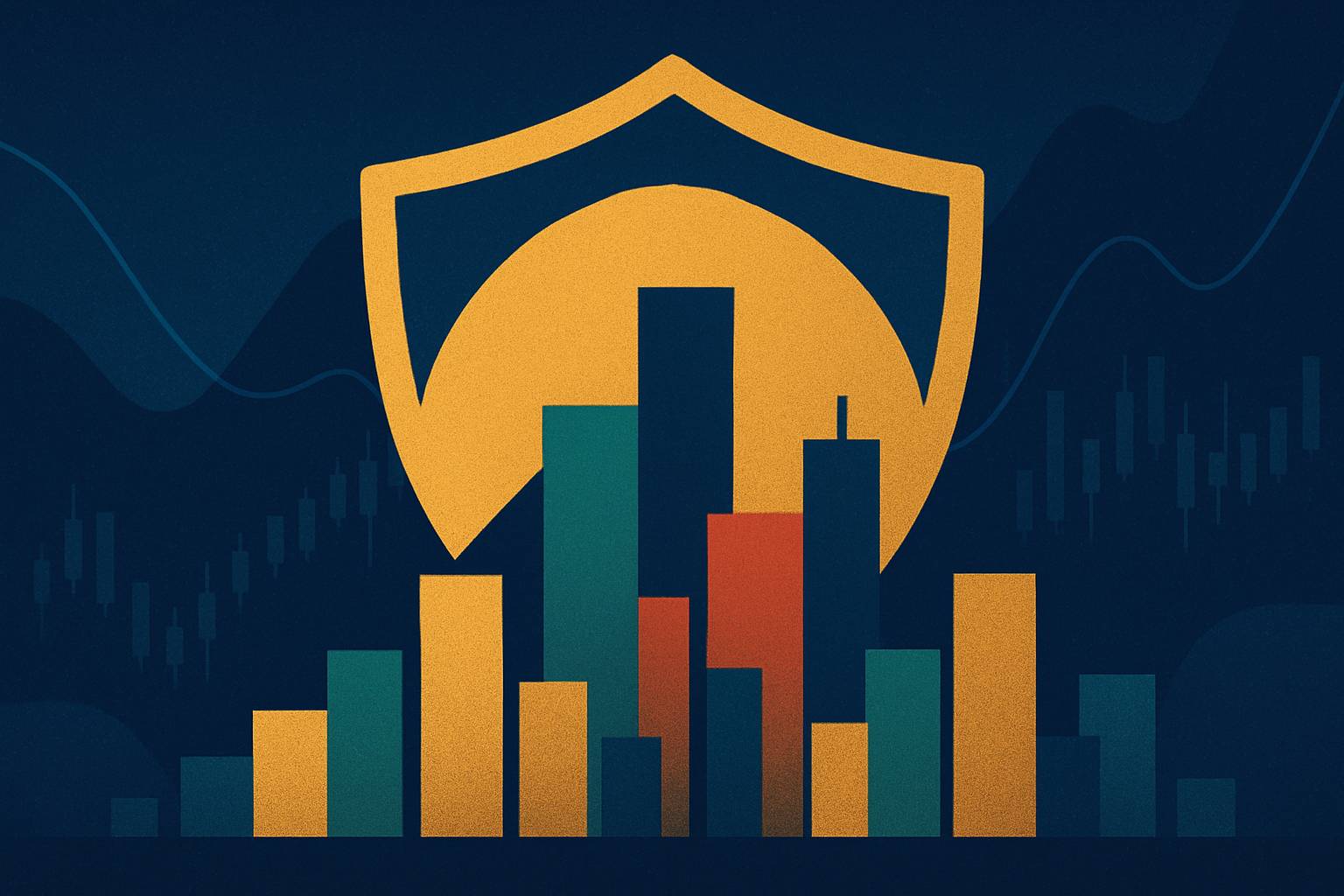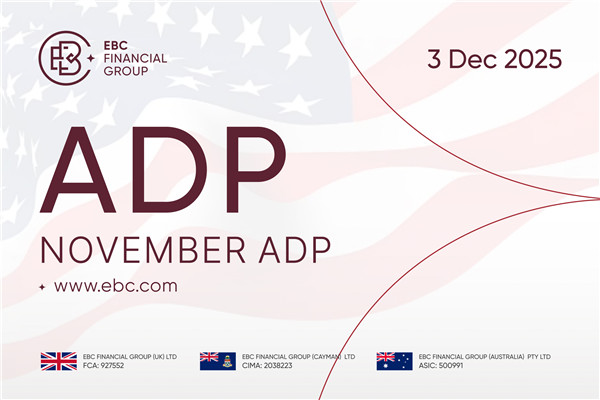Arbitrage trading refers to the trading behavior of using price differences
between interrelated investment markets or related electronic contracts to make
opposite transactions in these markets and obtain profits through these price
differences. In terms of forex, investors can buy currencies with low
bank interest rates from banks and institutions at low prices and then convert
them into high-interest currencies in the forex market, such as by
exchanging Japanese yen for Australian dollars or British pounds. A currency
with high interest rates can earn much higher interest rates than a currency
with low interest rates, and the price difference between these is the profit
earned. However, investment is not always a consistent expectation. When
everyone is doing so, low interest rate currencies are constantly being sold
while high interest rate currencies are constantly being bought, leading to a
depreciation of the former currency and an appreciation of the latter currency.
Once it exceeds the normal range, it will have a significant impact. In
addition, the large volume of forex arbitrage trading will result in
large-scale investment flows in a short period of time, affecting the
international financial market.
In practical terms, most real forex arbitrage transactions are
operated by banks. Although these trading behaviors may seem simple, they are
not. There are many requirements for professional knowledge in forex,
and there are also certain requirements for funds. When arbitrage occurs, swaps
are used, which means buying spot currency and selling forward forex
of the same currency. Alternatively, if these two types of education are
reversed, it will inevitably be a combination of two transactions. In the time
of information development, such high-frequency transactions will soon be
recognized by the bank's system identification, and in such a short time, the
time and space for arbitrage will be compressed a lot, and there is a greater
risk.

Forex carry trading is a strategy that utilizes currency interest
rate differences for trading, and its operating process is as follows:
1. Choose a currency pair: First, you need to choose two currency pairs: one
is a high-interest rate currency and the other is a low-interest rate currency.
For example, choose USD/JPY and EUR/JPY.
2. Analyze interest rate differences: analyze the interest rate differences
between two currencies to determine which currency has a higher interest rate.
For example, the interest rate for the US dollar is 2%, the interest rate for
the Japanese yen is 0.1%, and the interest rate for the euro is -0.5%.
3. Establish positions: Based on interest rate differences, choose to buy
high interest rate currencies and sell positions in low interest rate
currencies. For example, buying USD/JPY and selling EUR/JPY
4. Determine stop loss and stop profit: Set stop-loss and stop-profit points
based on personal risk tolerance and market volatility. For example, the stop
loss point is 1% of the buying price, and the stop gain point is 3% of the
buying price.
5. Market monitoring: After holding a position, it is necessary to closely
monitor market dynamics, especially news and events related to interest rates.
If there is a change in interest rate differences, it is necessary to adjust the
position in a timely manner.
6. Closing: When reaching the stop loss or stop gain point, it is necessary
to close the position in a timely manner. If the market trend changes, it is
also necessary to close the position in time.
In short, carry trading requires keen insight and analytical
ability into market and interest rate changes while strictly controlling risks
to avoid excessive losses.



























